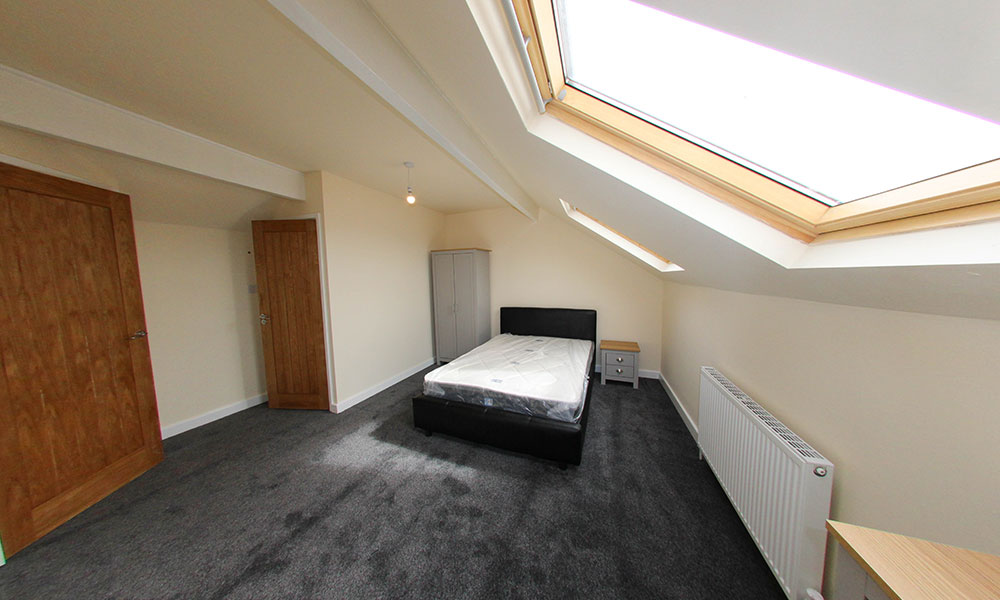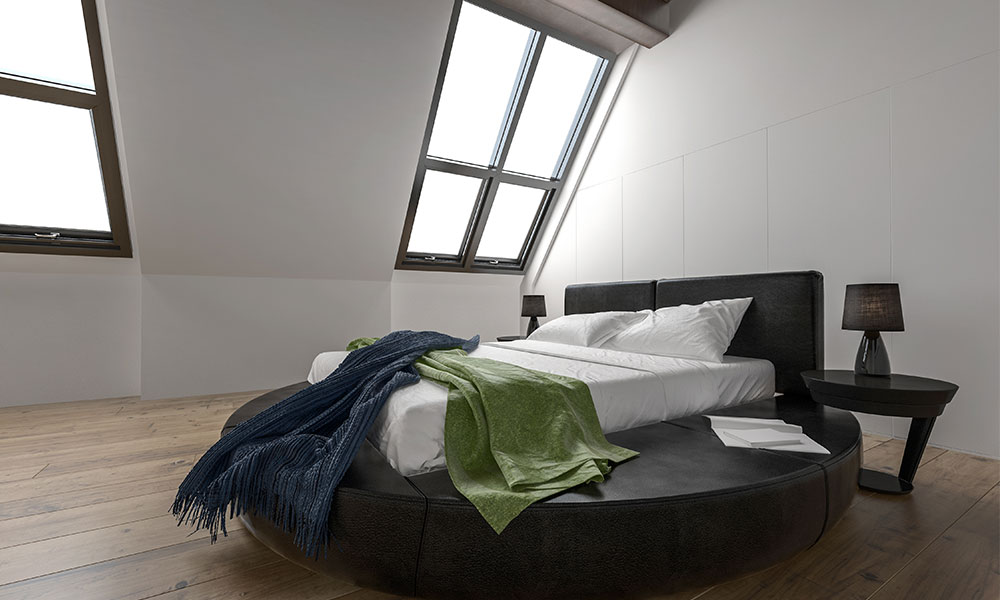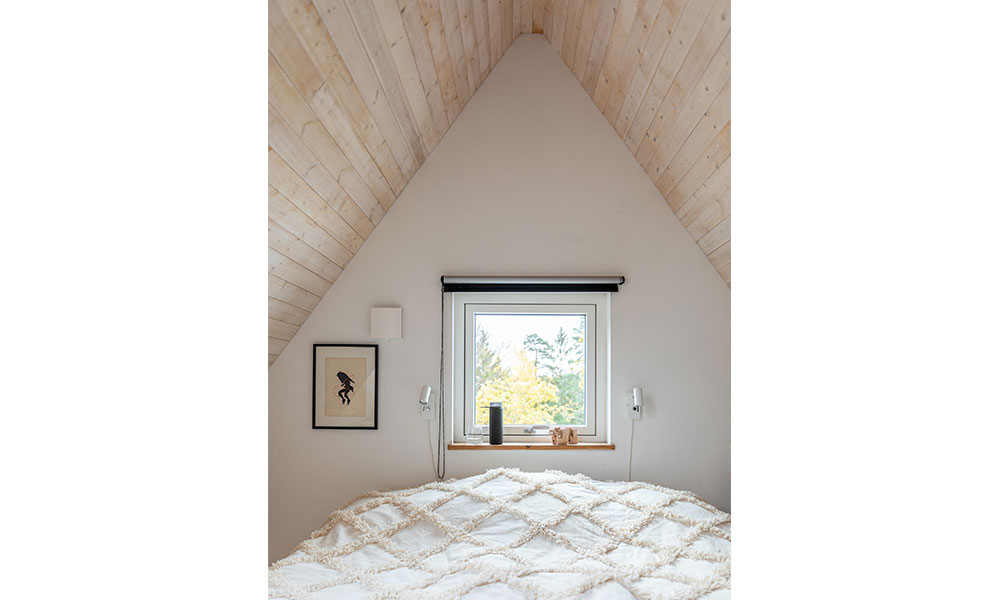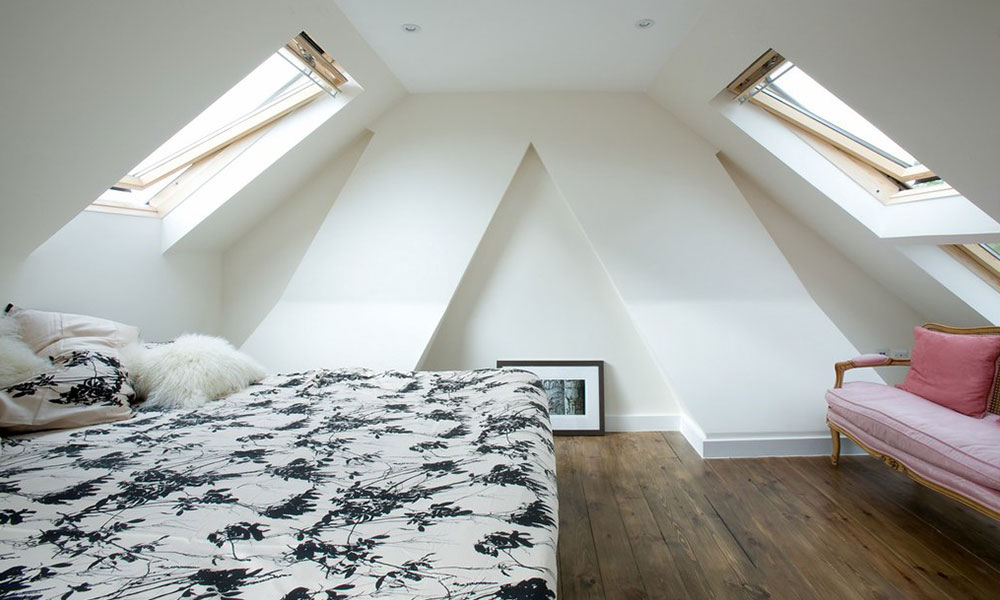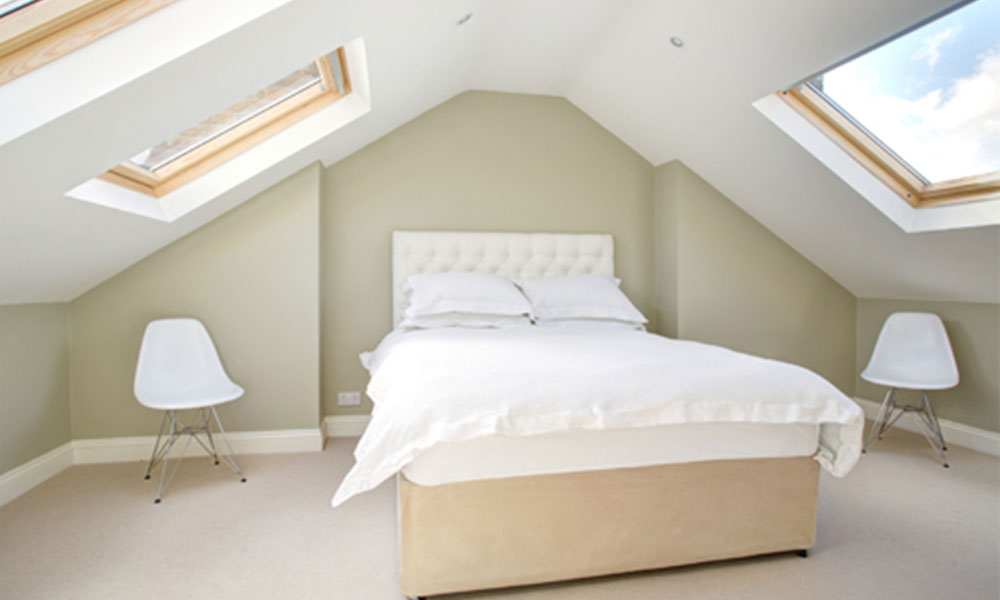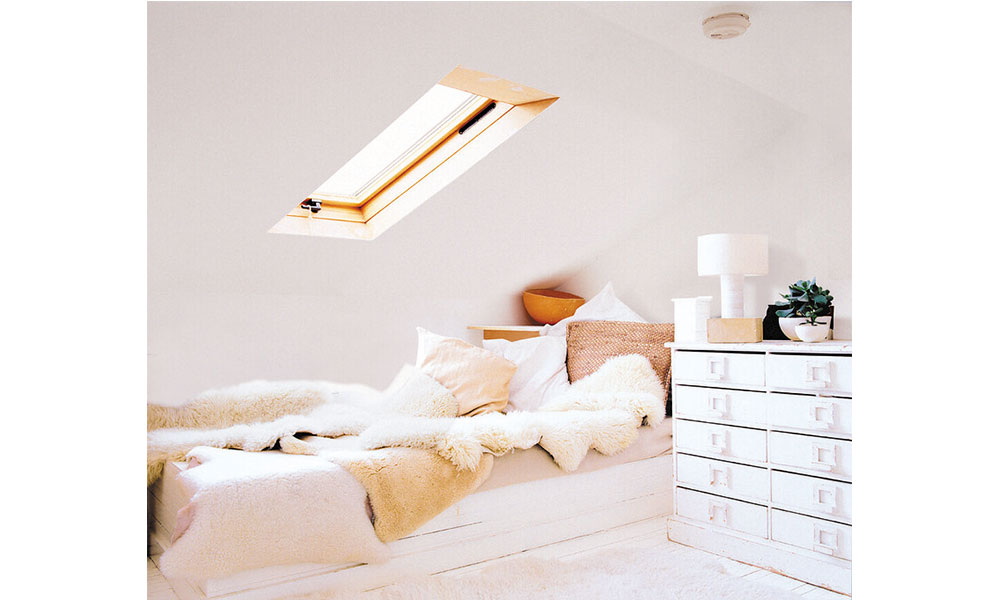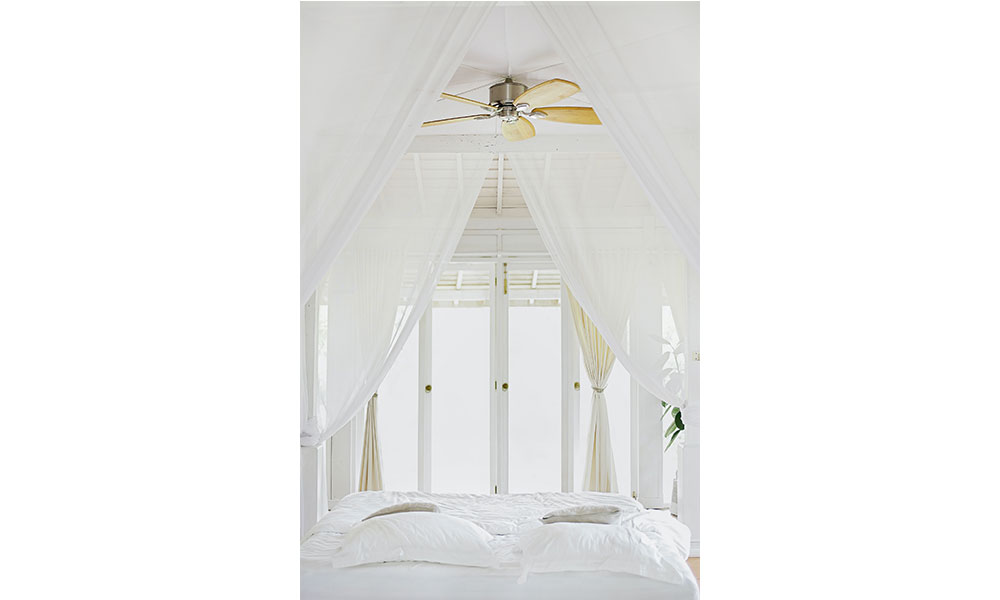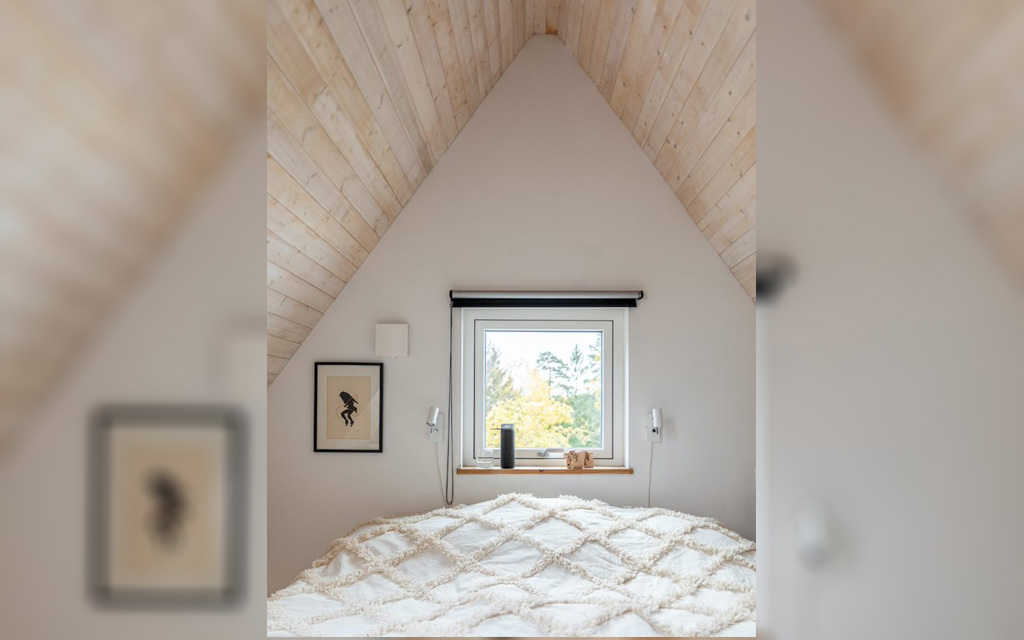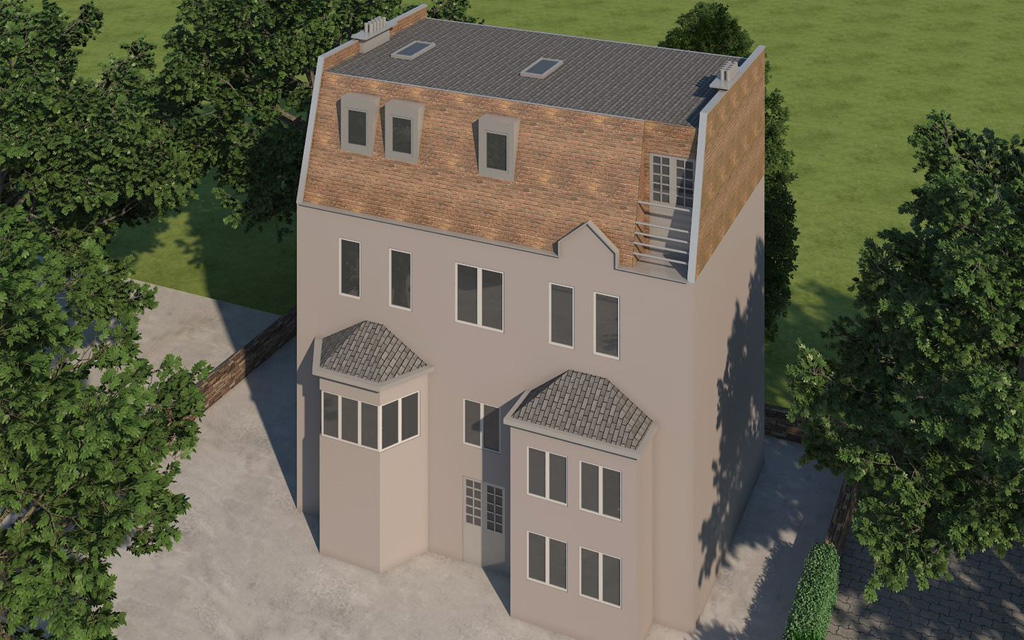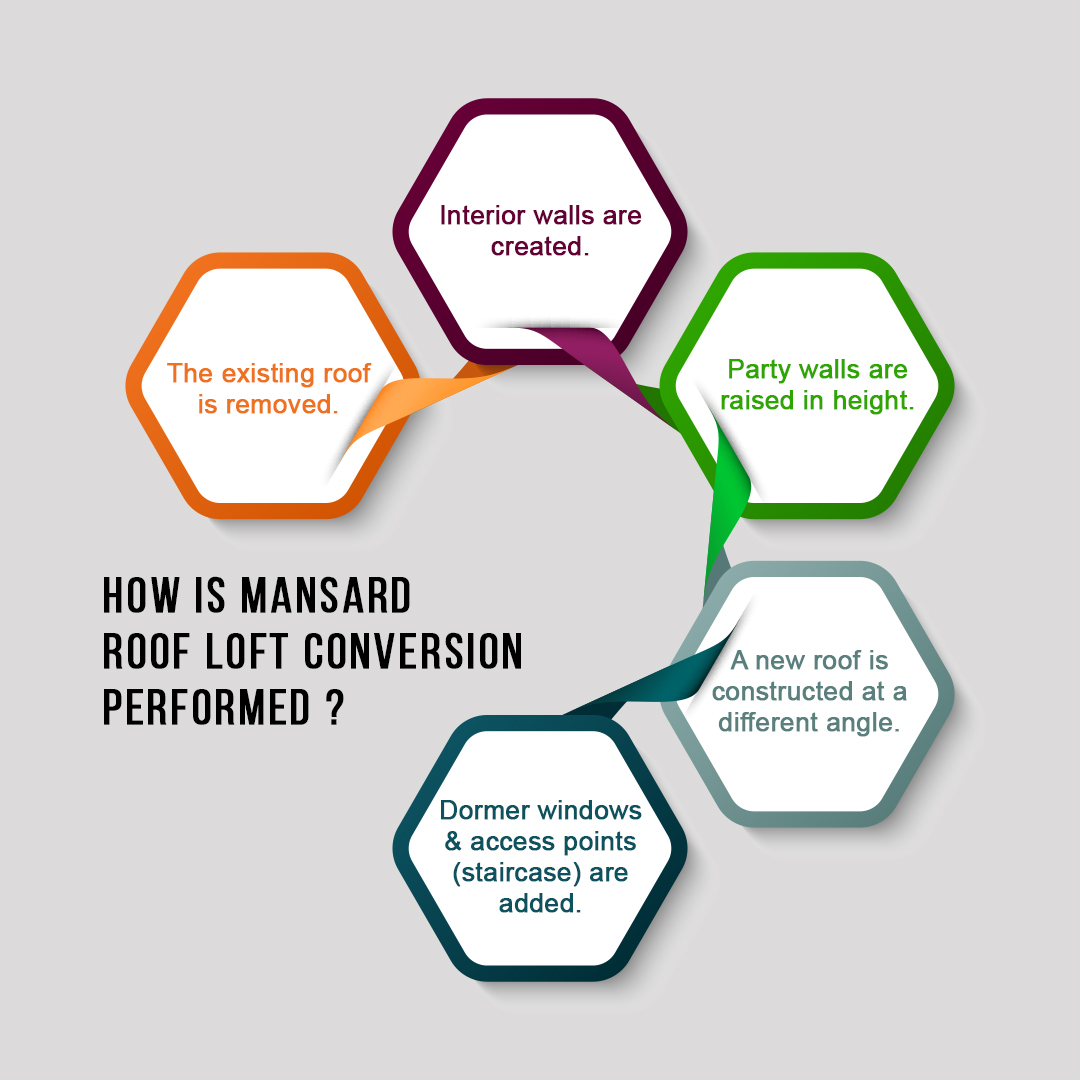Introduction
It has been seen that loft conversions increase the internal living space by a minimum of 30% and the property value by 20%.
Loft conversion caters an excellent opportunity for homeowners to enjoy more space without making a dent in their pocket.
It is not always feasible to extend your space outwards or shift to a new place for the sake of adding space.
Expanding space upwards with loft conversion could be one of the best possible solutions for your space issues.
Explore some of the best loft conversion design ideas that will inspire you to build your dream space, the way you’ve always wanted.
What is loft conversion?
Loft conversion means when you turn your unused attic space into a livable area to meet your growing space needs.
Loft conversion is an incredible way to extend your space by adding another bedroom or play area or even a library in your home.
Depending on your needs, budget and requirements, there are various types of loft conversions available in the market.
It can be a small project such as just adding roof lights to your space or could be a larger one such as adding additional extensions to increase your space and headspace.
Types of Loft Conversion
To get the right loft conversion design ideas, it’s important to understand the different types of loft conversions.
- Velux Loft Conversion or Roof light conversion
This is one of the most affordable and easiest loft conversions. Here just skylights or roof lights are added to the slope of the roof.
No major alterations or structural changes are performed as everything is done in the existing space.
Simple windows are added and the floor is reinforced into a comfortable living space.
- Dormer loft Conversion
Dormer loft conversion is one of the most popular and preferred loft conversion approaches in the United Kingdom.
This conversion involves installing a box-shaped structure vertically from the slope generally done at the rear side.
It allows for more headroom, ventilation and illumination. Dormer windows are a great option for rooflights when it comes to look n feel and usability.
This type of conversion is best suited for semi-detached or detached homes.
- Hip To Gable loft Conversions
Hip to Gable loft conversions are the most popular ones in terraced and detached homes.
During this conversion, one or both ends of the slope are extended to create an upright wall.
This vertical wall is called the ‘gable’ end and the sloping side is called the ‘hip’.
These conversions offer a lot of additional floor space and headroom as compared to other loft conversions such as Dormer and Velux.
Usually, Hip to Gable loft conversion takes time and is expensive too.
- Mansard loft conversion
A mansard loft conversion involves major structural changes to your roof and may require planning permissions for its construction.
If you are planning to have your own home theater or a master bedroom with an attached bathroom, a mansard loft conversion is an ideal pick.
Here, the extensions run along the length of your home’s roof and transform the slop almost vertical.
The pitch of the roof is altered to deliver a flat roof and the other one has a slope pointing at 72 degrees.
This is one of the most expensive of all loft conversions but is completely worth-it when compared with the area it offers.
Benefits of loft conversion
Loft conversions are the best way to bring a new lease of life to your home and property.
Revamping your attic space brings a plethora of rewarding benefits. Have a look:
- Adds value to your space
Loft conversion not only rewards you with superior features but helps you strike a better deal for your property in future.
It makes your home stand out from the crowd and help you take the advantage of being the best.
Approximately a 20% hike can easily be expected after renovation, which makes every penny spent worth.
- Increased liveable space
Worried about space constraints when the younger generation steps into teenage or arrival of new members?
Rather than planning to shift or expanding outwards, it’s better to expand upwards.
Explore some good loft conversion ideas pictures to make the best out of your property and increase your living space.
- Various styles available
There are various loft conversion styles available to complement your home.
Look out for loft conversion specialists that will help you select the best for your property in all respects such as budget, requirements and needs.
- Multi-room usage
Loft conversion offers you endless possibilities to give a makeover to your place.
Most homeowners prefer adding an extra bedroom with an attached bathroom or en-suite.
But, you can transform this newly constructed loft into a play zone, gym, library, guest room, living room and even a home theater.
Apart from that you rarely require any planning permission for the extensions except for mansard loft conversion or if your property is in the restricted zone.
Loft conversion offers an easy and affordable option to expand rather than shifting.
The biggest plus is that it’s quick and easy and usually gets completed in 6-8 weeks.
Cost of Loft Conversion
If you have a spacious loft, the costs would be significantly lower.
Moreover, a lot depends on your existing structure and head height.
The loft conversion experts should be able to install a staircase as well as beams in case some additional support is required.
Velux loft conversion is the cheapest and while mansard is one of the most expensive one.
The loft conversion in UK may start from £15,000 and can go upto £65,000 or even beyond that.
The costs may vary depending on the types of loft, how much area you want to cover, materials used and other accessories planned.
Also, don’t forget to take into account the fee charges for serving party wall notices, building authority fees, planning permission fees and other charges pertaining to professional services such as insulation, architect, waterproofing etc.
Planning permissions for loft conversion
Majorly, most of the loft conversions fall under Permitted Developments and require no planning permission.
As long as the home does not have any major exterior alterations, permissions are intact.
If your property lies in conservation or restricted area, then you need to apply for Permitted Development rights.
The rules generally differ from one locality to another. But, there are certain common rules that every loft conversion must satisfy.
- You cannot add more than 40 cu.m. for a terraced house and 50 cu.m. for a semi-detached or detached home.
- Additional extension beyond the plane of the floor is not permitted.
- No balconies (except Juliet), verandas or any raised platforms can be constructed.
- Should not disrupt the original look of the home from the main road or highway.
- All the building materials should be in same appearance, just like the original home.
Apart from that, every loft construction needs to abide by the local building regulations.
These are required to make sure that the roof is stable, the newly added floor is structurally sound and the stairs are properly designed to make the place accessible.
Apart from that, the new loft is well-insulated water & fireproof with proper evacuation plans.
Loft conversion design ideas
Here are some awe-inspiring loft conversion ideas that may perfectly blend well with your home for the new space you’ve been looking for.
Get inspired from these loft conversion ideas the UK to design a space of your dreams.
Let’s get started with a tour of 23+ loft conversion design ideas that are ready to spur some moon board inspiring ideas that make your minds visually organized.
23+ loft conversion design ideas
1. Beautiful Dormer Loft Conversion for extra headroom
The beautiful dormer windows naturally illuminate the space while offering a great head space.
Every inch of the floor is utilized properly with a well-placed staircase area.
2. Modern open-plan loft conversion Design ideas
Witness a throwback to your childhood memories by hanging a swing in your newly constructed loft space.
This beautiful open-plan living room architecture has dormer windows along with a bed placed at one end.
The beauty of this space lies in how efficiently things are placed amidst a white background that gives a soothing impact.
3. Low roof? Go for Roof lights loft conversion design
Don’t worry if you have a low roof. Installing Roof lights enable you to cast an illusion of a bigger space and make your new livable area look luxurious.
4. Candid Living room loft conversion ideas
Having an extra living area in your newly built loft space is a great idea.
You can easily place a beautiful L-shaped sofa with a small center table to enrich the look of the space.
Additionally, you can turn your space into a chill-out zone by adding a TV to escape and unwind.
5. Best layout for small loft conversion
For small loft conversion, the loft bedrooms tend to be smaller but cosier.
So, it’s always better to enhance your room rather than hiding it.
Keep the colours soft and neutral with beams visible. Dress the space with some side storage and some succulents hanging down from the beams to complete the look.
6. Loft conversion idea for a tranquil bedroom
Transform your space into a tranquil bedroom with roof lights that fill the space with natural light.
The wooden flooring gives a remarkable look to the space yet keeping it simple and serene.
7. Small Dormer loft conversion idea for cocooning impact
A small yet very impressive small dormer loft conversion design idea to make space for your growing teenager.
Give your adolescents a sense of privacy in their own space.
The space reveals the top roof space and beams and beautiful dormer windows that cast a magical spell.
8. Cozy Hip-to-Gable loft conversion
Get the real Peter-pan feel with this window seat nook. Deck it out with beautiful lights for a real luxury feel and a perfect view through gable windows.
9. Perfect Guest bedroom from small loft conversion
Get inspiration from this small loft conversion design which is beautifully designed to get an extra guest bedroom.
The light colour scheme and the window in the corner brighten up the room and make it appear more spacious than it actually is.
10. Two room Mansard Loft conversion design idea
Easily create a space for two rooms with mansard loft conversion design ideas.
Though mansards are expensive, they are worthy of every penny spent.
Convert one into a play area or a small living room and other can be converted into a bedroom.
11. Small gable loft conversion design idea
If you have the living space downstairs but need extra space for a bedroom then what can be better than Hip to Gable loft conversion.
The baby pink coloured walls create a jaw-dropping impact and make the person fall in love.
The gable window serves as a perfect source of natural light with blinds to offer some extra dozes.
12. Loft design ideas for room with a view
If the room is small, that doesn’t mean that the bed has to be small.
Check out how furniture and bed have been rightly placed to ensure maximum utilization of space with openable skylights.
13. Simple loft conversion storage ideas
Checkout this awe-inspiring small loft conversion for hip to Gable with additional storage space below the gable window.
The low headroom is beautifully covered by placing a headlamp that completely accentuates the look.
14. Commodious loft conversion design
Beautiful 6-door hinged wardrobe design with amazing concealed dimmable loft lighting.
Velux windows are further accentuating the look of the room giving it a dynamic appeal.
15. Design a Master suite with Dormer Loft Conversion
To maximize the space, include a staggering partition wall behind the bed and get a space to design bespoke wardrobes as per your needs.
Get this smart layout by undergoing Dormer Loft conversion with beautiful roof light window illuminating the space and turning the entire thing serene.
16. Luxurious bungalow loft conversion idea
Add a whole new story to your bungalow with a luxurious master suite with a large roof light overhead.
This is one of the incredible bungalow loft conversion design ideas that depict a properly attached loft staircase making the area completely accessible and giving it a ravishing appeal.
17. Master bedroom loft conversion design idea
Get inspiration from this design and convert your attic space into a master bedroom or a suite. This not only adds extra space but also amp ups its value.
The beautiful roof lights brighten the space. Go for some good blinds consideration if you don’t want to be woken at the crack of sunlight.
18. Loft conversion to explore the best of space
This attractive loft conversion gives a perfect feminine look and is a perfect space for your growing teenager without encroaching your garden area.
With a prominent rooflight on the top, you can be sure that your kids wake up on time.
19. Loft conversion ideas for guest bedroom
Looking for design inspiration for the guest bedroom with attached washroom? Then this is one of the best and ideal loft conversion design pictures you can look out for.
The ensuite adds plenty of value to your loft conversion while giving an entire look and feel to your new place.
20. Intimate space loft conversion ideas
This beautiful and serene bedroom space is all set to take you to dreamland.
Well lit with dormer windows and away from the hustle and bustle of daily life, this beautiful space is a perfect choice when you are looking to add an extra room to your property.
21. Wide Dormer Loft Conversion Design Idea
Convert your unused attic space into a beautiful bedroom with an en-suite.
The key to design this is to go for clear division. Make sofa the centre stage of your space and well designed five dormer windows while the stunning timber roof adds to its charm.
22. Dormer loft conversion storage ideas
If you are planning to go for a storage option as well in your loft, then fitted pieces work amazingly with the geometry of the space to deliver maximum impact.
Get hold of these fitted wardrobe designs that perfectly fit under the sloping ceilings to cast an eye-catching impact.
23. Modern Bedroom loft conversion ideas
Check out this beautiful small loft conversion design idea for a cosy bedroom.
The three white walls mesmerizingly strike a contrast with the blue wall.
Check how beautifully furniture has been placed such as corner table with chair, dressing mirror at the other end.
24. Living room loft conversion ideas
This beige coloured attic interior room is a perfect example to turn your attic space into a creative and innovative living room.
The use of plants and Velux windows additionally make the space charming and invigorative.
Check how the placement of sofas and two small tables accentuate the overall look of the space.
Bottom Line
Get your space away from the hubbub of your household where you can relax, unwind and unleash.
Yes! It’s your newly built loft that not only adds to your livable space and value to your space but also eases you from space apprehensions due to growing family needs.
So, pick your favourite design and connect with us to turn these pictures into reality for you.
Our professional designers are adept at creating innovative loft designs for your space and maximizing it.
Connect with us today to get an impeccable makeover of your loft and request a free quote. We will get back to you as soon as possible and will start constructing your dream world.



